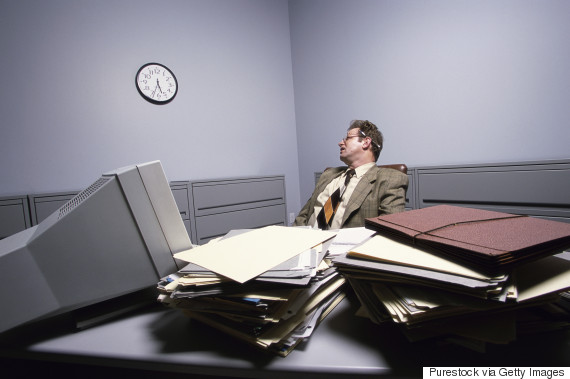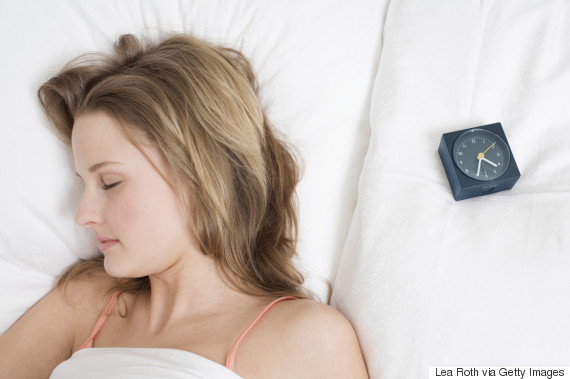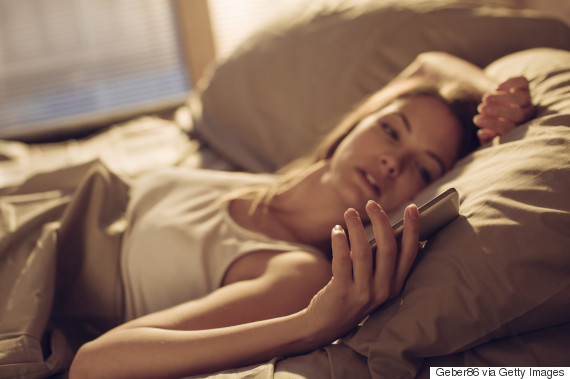Remember naptime as a kid? Those were the good old days, when every afternoon came with a built-in snooze button. But as we graduate into adulthood, so many of us leave napping behind. The good news is, you can still reap the benefits of shutting your eyes during the day.
The bad news is, you probably don’t. Whether you don’t nap because of time constraints or because you swear you wouldn’t fall asleep, anyway, we partnered with Sleep Number to bust seven common napping myths that may be keeping you from embracing the midday sack time that just might change your life for the better.
MYTH No. 1: You Shouldn’t Nap After A Certain Time Of Day
This is generally true. Nerina Ramlakhan, a physiologist specializing in sleep and the author of Tired But Wired, recommends avoiding naps past 4 p.m. “If you’re going to nap, do it between 2 p.m. and 4 p.m. in the afternoon,” Ramlakhan says. That's the time when our circadian rhythm is at low energy levels, making it easiest to power down. Generally, this is also when people in Mediterranean countries take their siesta.
MYTH No. 2: Napping Makes You Have Bizarre Dreams
If you enjoy riding a space toaster while talking to your late Great Aunt Ida (in your dreams, of course), get excited, because there’s actually some truth to this myth, says Kimberly Cote, director of the Sleep Research Laboratory at Brock University in Ontario. But it’s not because of the REM cycle, as many presume. “Daytime naps tend to float between wakefulness and sleep quite a bit,” Cote says. “We call this state ‘hypnagogic reverie.’”
During this period, individuals are more likely to have lucid dreams, or dreams where you’re conscious that you’re dreaming. But that doesn’t make the experience any less bizarre, since you can't necessarily wake yourself up. It’s the type of stuff that’ll make you start your stories with, “I had the weirdest dream … .”
MYTH No. 3: The Ideal Nap Is 20 Minutes Long
Wrong. According to Ramlakhan, there’s actually three different categories of nap lengths, and the one that works best for you depends on your individual needs. The shortest, a power nap, is a five- to 20-minute nap that takes you to a near-sleep state. Though you aren’t fully asleep, the power nap allows your body to relax and power down for a brief period of time.
The replacement nap can be up to 40 minutes long. During a replacement nap, you can rebalance your nervous system. The third and longest nap is the prophylactic nap. Mainly reserved for people who do shift work, or are chronically deprived from sleep, this nap involves getting into bed and sleeping as long as you can.
However, the majority of individuals will benefit most from the power nap, Cote says. Sleeping longer than 20 minutes risks entering the deep stages of sleep; an abrupt wake-up from this deep a slumber can leave you with what Cote calls a “sleep hangover” -- that groggy, terrible feeling you get when your alarm clock wakes you up unexpectedly.
MYTH No. 4: We Nap Less Today Than People Did 100 Years Ago
Sorry, guys, but we can’t blame our regrettable napping habits on modern-day technology, or the “on call” culture that comes with owning a smartphone. A recent study published in Current Biology found that our ancestors didn’t really sleep any better or more often than we do.
“People think if we lived without modern-day technology we would nap more, but this study dispels [this] myth,” says Rebecca Spencer, an associate professor of psychological and brain sciences at the University of Massachusetts, who studies sleep. “Napping might just be a modern society luxury.”
A luxury, we’d like to point out, that we often fail to take advantage of.
MYTH No. 5: You Can Be ‘Too Type A’ To Fall Asleep During A Nap
Many of us have a difficult time turning off our racing brains before a full night of sleep or a power nap. But, really, anyone can take a power nap -- the secret is consistency, Spencer says.
“If you get into the practice of taking a 20-minute power nap and do it routinely, you can train yourself to nap,” Spencer says. “The key is napping at the same time every day, rather than only when you feel tired.”
MYTH No. 6: You Need To Actually Fall Asleep To Benefit From A Nap
Surprisingly, you can reap benefits without reaching the actual nirvana of sleep. “Overnight sleep will obviously present more benefits than a nap,” Spencer says, “but 20 minutes of meditating or quiet rest is better than being actively awake and taking in information.”
MYTH No. 7: You Only Need To Nap If You’re Sleep Deprived At Night
Napping can benefit everyone, the one exception being people with insomnia, Cote says. Even if you get a full night’s rest, a 20-minute nap can boost your alertness levels and work performance and can even improve your mood.
Another thing to consider is that as you get older, the systems that control your circadian rhythm change, often making it harder for your body probably to regulate and control sleep, Cote says. So even if you’re getting to bed earlier, your sleep quality might be suffering. But don’t worry -- it’s nothing a nap won't fix.!
Just like diet and exercise, sleep is unique to each person and important for optimal health. Sleep Number® beds adjust on each side to your ideal level of firmness, comfort and support -- your Sleep Number® setting -- for your best possible sleep.